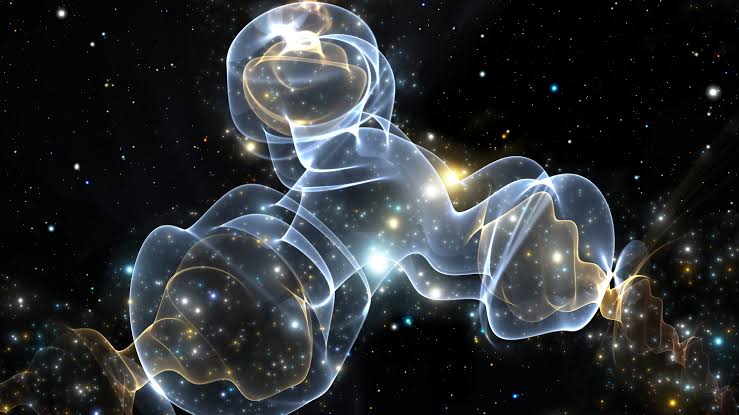Dark Energy

One explanation for dark energy is that it is a property of space, Albert Einstein was the first person to realize that empty space is not nothing
More is unknown than is known. We know how much dark energy there is because we know how it affects the universe’s expansion. Other than that, it is a complete mystery. But it is an important mystery. It turns out that roughly 68% of the universe is dark energy. Dark matter makes up about 27%.
The rest – everything on Earth, everything ever observed with all of our instruments, all normal matter – adds up to less than 5% of the universe. Come to think of it, maybe it shouldn’t be called “normal” matter at all, since it is such a small fraction of the universe.
One explanation for dark energy is that it is a property of space. Albert Einstein was the first person to realize that empty space is not nothing. Space has amazing properties, many of which are just beginning to be understood. The first property that Einstein discovered is that it is possible for more space to come into existence.
Then one version of Einstein’s gravity theory, the version that contains a cosmological constant, makes a second prediction: “empty space” can possess its own energy. Because this energy is a property of space itself, it would not be diluted as space expands.
As more space comes into existence, more of this energy-of-space would appear. As a result, this form of energy would cause the universe to expand faster and faster. Unfortunately, no one understands why the cosmological constant should even be there, much less why it would have exactly the right value to cause the observed acceleration of the universe.
Another explanation for how space acquires energy comes from the quantum theory of matter. In this theory, “empty space” is actually full of temporary (“virtual”) particles that continually form and then disappear. But when physicists tried to calculate how much energy this would give empty space, the answer came out wrong – wrong by a lot. The number came out 10120 times too big. That’s a 1 with 120 zeros after it. It’s hard to get an answer that bad. So the mystery continues.
Another explanation for dark energy is that it is a new kind of dynamical energy fluid or field, something that fills all of space but something whose effect on the expansion of the universe is the opposite of that of matter and normal energy. Some theorists have named this “quintessence,” after the fifth element of the Greek philosophers. But, if quintessence is the answer, we still don’t know what it is like, what it interacts with, or why it exists. So the mystery continues.
A last possibility is that Einstein’s theory of gravity is not correct. That would not only affect the expansion of the universe, but it would also affect the way that normal matter in galaxies and clusters of galaxies behaved. This fact would provide a way to decide if the solution to the dark energy problem is a new gravity theory or not: we could observe how galaxies come together in clusters. But if it does turn out that a new theory of gravity is needed, what kind of theory would it be? How could it correctly describe the motion of the bodies in the Solar System, as Einstein’s theory is known to do, and still give us the different prediction for the universe that we need? There are candidate theories, but none are compelling. So the mystery continues.
The thing that is needed to decide between dark energy possibilities – a property of space, a new dynamic fluid, or a new theory of gravity – is more data, better data.


